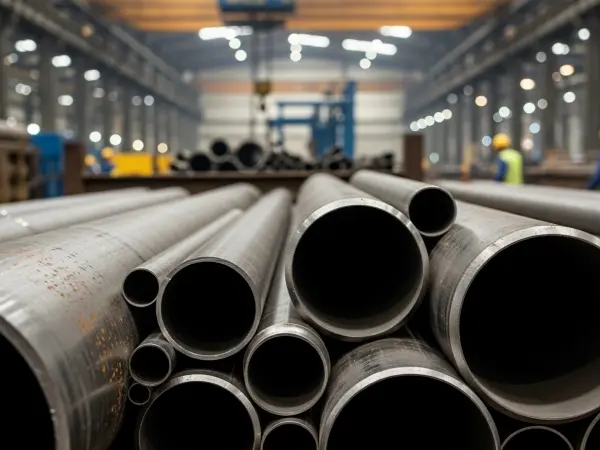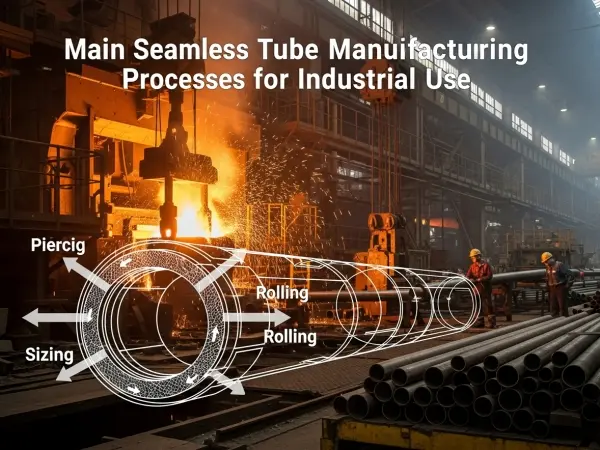
The hydraulic pipe pickling procedure is a chemical process that removes scale, rust, and impurities from seamless steel tubes through acid cleaning while simultaneously passivating the surface. This treatment enhances corrosion resistance, ensuring long-term durability for hydraulic systems and industrial applications.
Before the hydraulic pipe pickling procedure, the seamless tube must undergo degreasing and cleaning to eliminate oils, lubricants, and surface contaminants. The acid wash dissolves oxides and rust, leaving a uniform silver-white finish that significantly improves anti-corrosion performance.
1. Pre-treatment – Remove welding slag, dirt, and surface impurities.
2. Acid washing – Immerse in pickling solution (HCl or HNO₃-based).
3. Rinsing – Flush with water to neutralize acid residues.
4. Passivation – Form a protective oxide layer (often in a separate bath).
5. Post-treatment – Final rinse and drying.
For seamless tubes requiring cold drawing, the process follows:
Raw material → Pointing → Pickling → Phosphating/Lubrication → Cold Drawing → (Annealing, if needed) → Straightening → Cutting → Inspection → Packaging.
· Removes oxidation, welding residues, and oil stains from carbon steel & stainless steel tubes.
· Forms a passive film to prevent further corrosion.
· Improves hydraulic system efficiency by ensuring clean, smooth inner surfaces.
· Extends service life of seamless pipes in harsh environments.
· Immersion method is preferred over brushing for uniform results.
· Regular testing of pickling solutions ensures effectiveness.
· Two-in-one pickling-passivation solutions can streamline the process.
The hydraulic pipe pickling procedure is essential for maintaining seamless steel tubes' corrosion resistance and structural integrity. By following proper acid cleaning and passivation steps, manufacturers ensure high-performance hydraulic systems with extended operational life.
For optimal results, always use certified pickling solutions and adhere to industry-standard passivation protocols.


